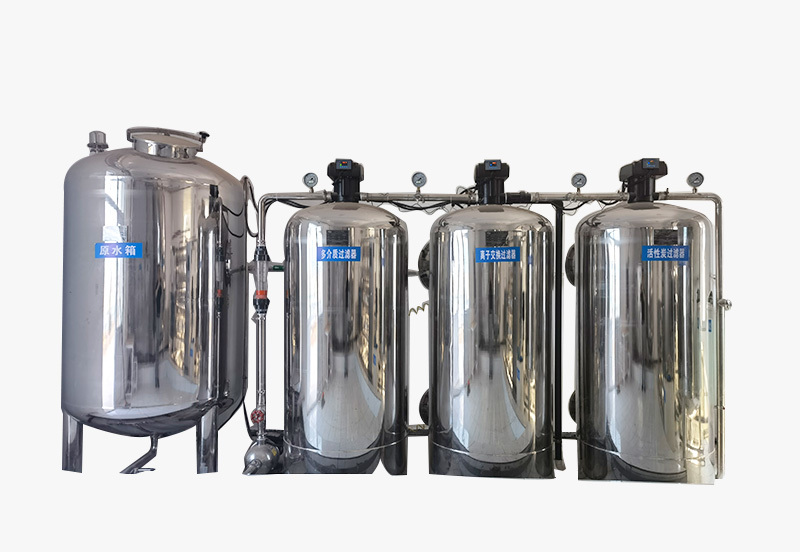Power plant chemical water equipment
Tags:
Belongs to Category:
Power plant chemical water equipment
Product Description
Overview
Boiler feed water is water used to replenish the steam loss in a power plant after being purified through various water treatment processes. Depending on the purification method, it can be divided into softened water and demineralized water.
Softened water: Boiler water softening equipment is a raw water pretreatment device launched for the long-term operation of boilers. It uses sodium-type cation exchange resin to remove calcium and magnesium ions from raw water, reducing water hardness. By reducing hardness, scaling in pipes, containers, and boilers is avoided.
Demineralized water: This refers to the finished water obtained after removing impurities such as suspended matter, colloids, and inorganic cations and anions from water using various water treatment processes.
Typical Water Treatment Process Flow

Leave a Message
Fill in your phone number and E-mail information, and we will contact you within one working day to solve your problems as soon as possible.
-- Recommended --
Shijiazhuang Tianwang Environmental Protection Technology Co., Ltd.
Shijiazhuang Tianwang Environmental Protection Technology Co., Ltd. is a high-tech enterprise specializing in the research and development, manufacturing and sales of water treatment equipment.
Contact Information
Production address: No. 9, Fengchan Road, Economic and Technological Development Zone, Shijiazhuang City
Office Address: 25th Floor, Block C, No. 310 Changjiang Avenue, Shijiazhuang High-tech Development Zone
Contact Number:
0311-89272359 0311-68039237
Enterprise Email:
twhbkj@163.com
Website: en.sjztwhb.com










